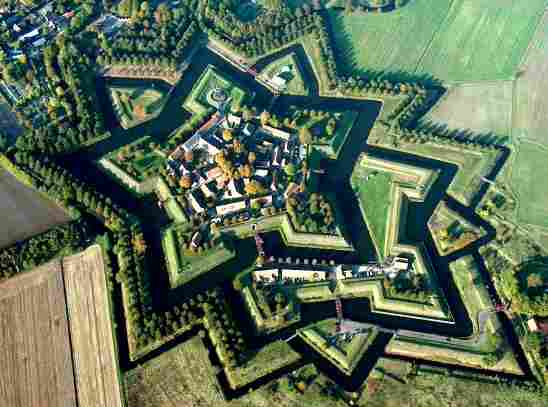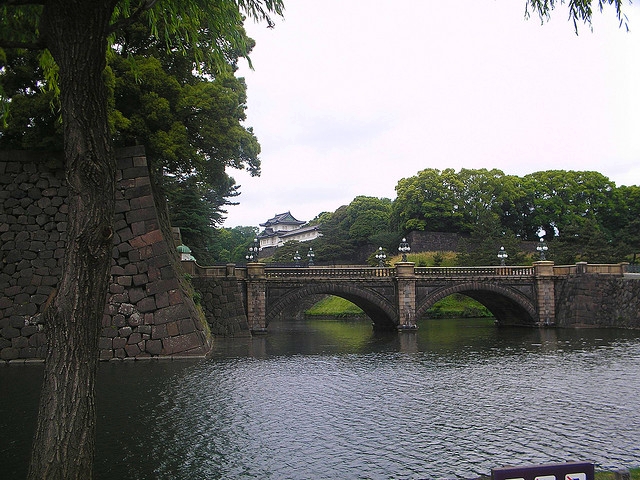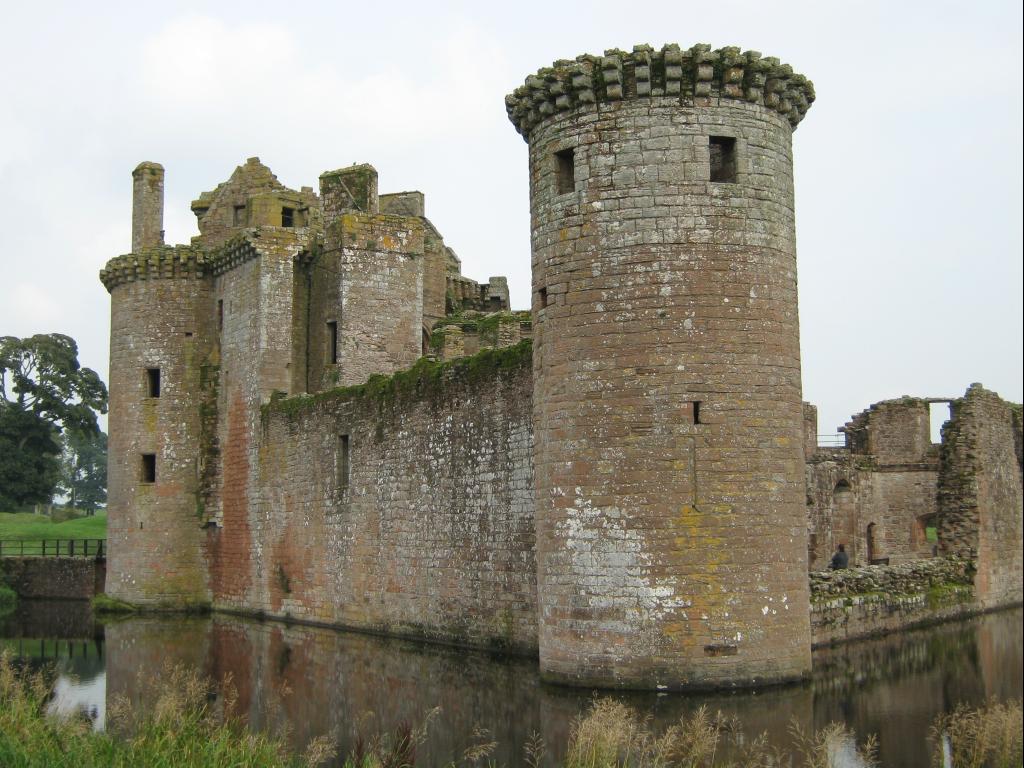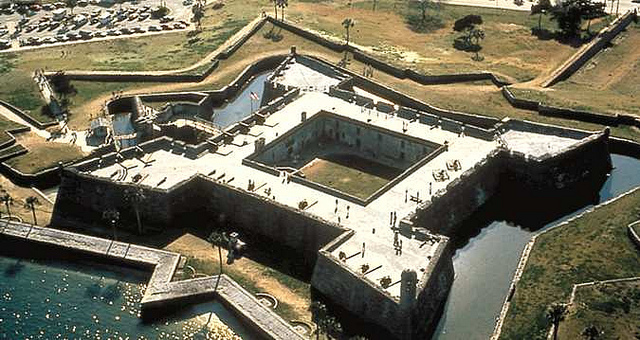They say that a man’s home is his castle, so it is understandable that homeowners should make every effort to keep their homes safe and secure. The use of traditional and deadbolt locks on doors, high security locks and even monitored alarms and video surveillance systems is not uncommon.
Safety and security are not new concerns, but the manners in which they are dealt with have evolved over time. Long before the days of keyless entry and smart phone controlled locks, castles and forts around the world used moats as a preliminary line of defense. Some of these structures are still in use today, and many others, like those listed below, are tourist attractions that are open to the public.
Fort Bourtange, Netherlands
A star fort located in the Netherlands, Fort Bourtange was erected in the 1590s to control the only road between Germany and the town of Groningen, Netherlands, which was under Spanish rule during the Eighty Years’ War. The fort’s final battle occurred in the early 1670s, but it continued to help defend the German border until it was converted into a village in 1851.
 Image courtesy Wikipedia
Image courtesy Wikipedia
The village began to deteriorate over time, and local government officials decided to restore Fort Bourtange to its earlier appearance. It became –and presently remains – a historical museum that is one of the main tourist attractions in the northern Netherlands.
Tokyo Imperial Palace, Japan
Surrounded by moats and stone walls, the Tokyo Imperial Palace is the main residence of the Emperor of Japan and the Imperial Family. Located in the heart of Tokyo, the Imperial Palace is just a short walk from Tokyo Station. Constructed after World War II on the site of the former Edo Castle, which was built in 1457, the present-day palace is comprised of several buildings that are interconnected.
 Image courtesy Necromage
Image courtesy Necromage
The general public can visit public parks located on the outer grounds, but those interested in touring the Imperial Palace must apply for visitation approval.
Caerlaverock Castle, Scotland
Although located on Scotland’s southern coast, the triangular-shaped Caerlaverock Castle’s close proximity to England caused it to be involved in numerous border conflicts over the years. Originally built to control trade in the 13th century, Caerlaverock Castle was demolished and rebuilt numerous times yet always retained its distinct triangular shape.
 Image courtesy Mars Rover Driver
Image courtesy Mars Rover Driver
Surrounded by an impressive moat, this medieval fortress is in ruins and is under the care of Historic Scotland. Visitors are welcome, but they are advised to consult the castle’s operating schedule before arriving.
Castillo de San Marcos, Florida
Located on the Atlantic coast and surrounded by an impressive moat on its inland sides, Castillo de San Marcos, the oldest masonry fort in the continental United States, was constructed in the early 1670s when Florida was under Spanish rule. The city of St. Augustine became the capital of East Florida after Britain gained control in 1673, and this stone fortress changed possession six times between four different governments. At present, Castillo de San Marcos is a national monument run by the U.S. National Park Service and is open to the public for tours every day of the year except Christmas Day.
 Image courtesy Syndicated News
Image courtesy Syndicated News
While it may not be practical – or even legal – to surround your home by water, protective moats can still be found around the world. They are even considered ornamental and decorative in some more modern facilities. The four fortresses described above are definitely examples of moats that rock!

 We serve the entire Phoenix area, including
We serve the entire Phoenix area, including  We accept Cash, Checks and Major Credit Cards.
We accept Cash, Checks and Major Credit Cards.